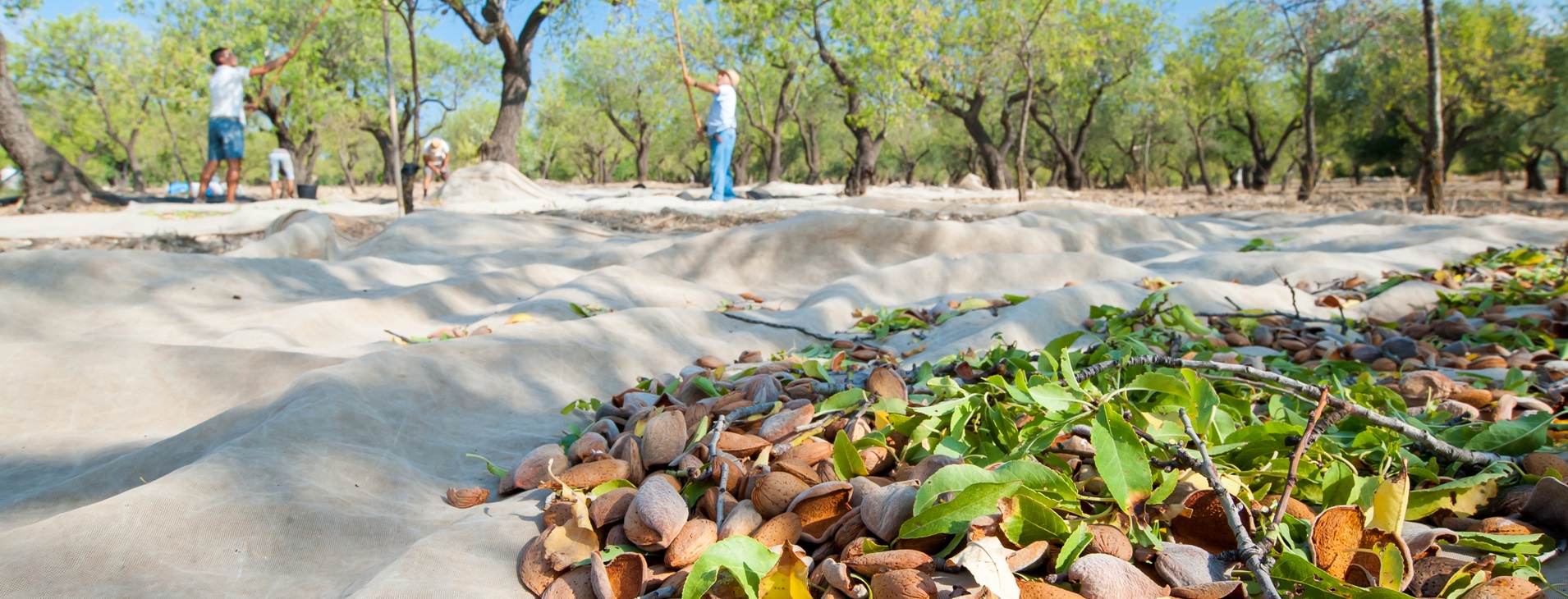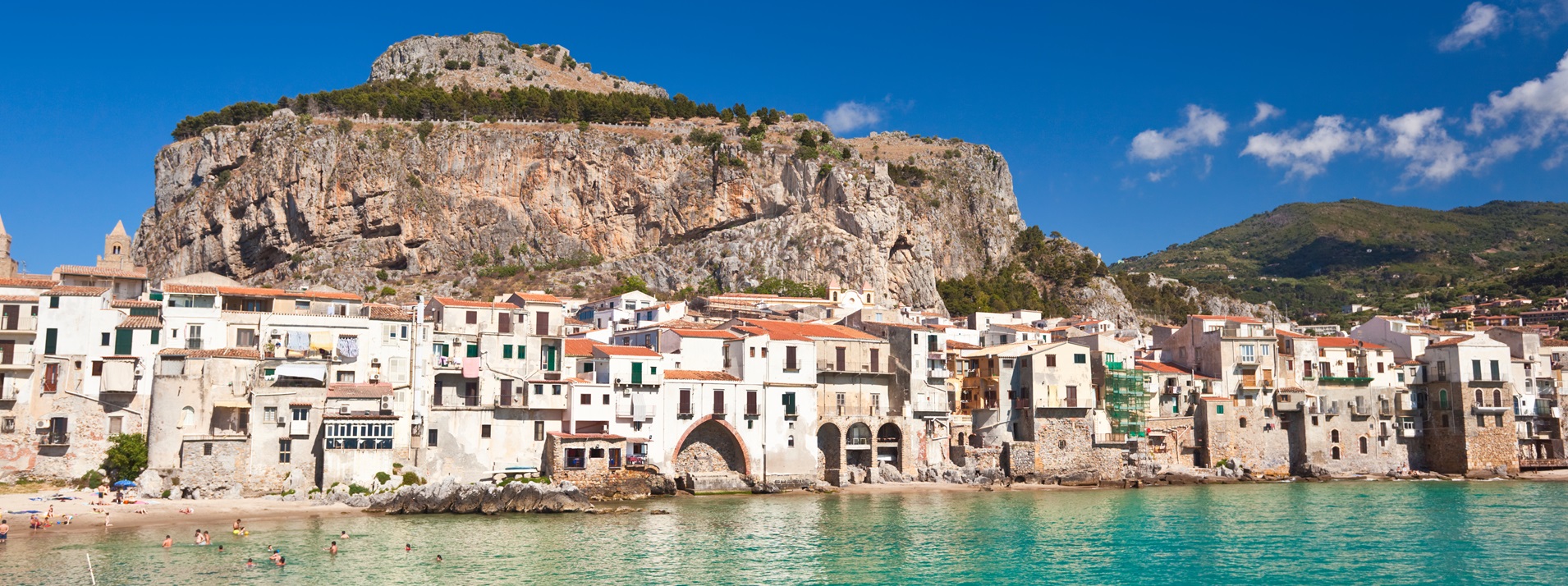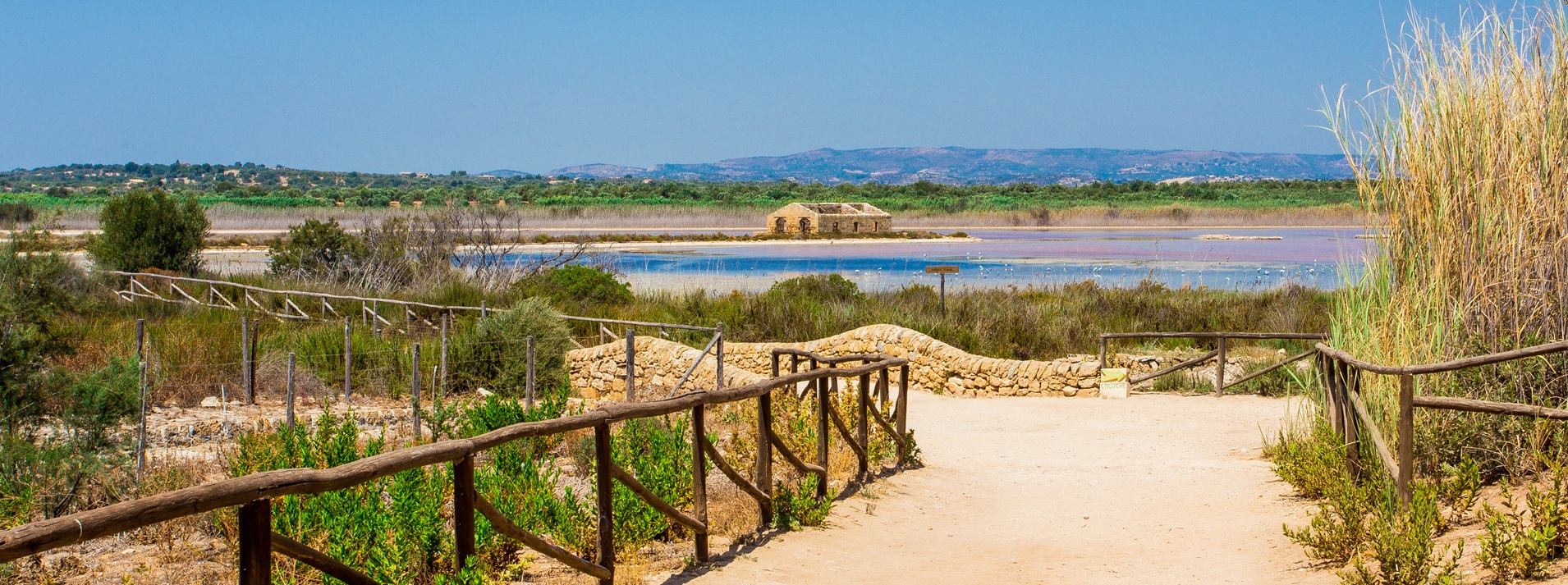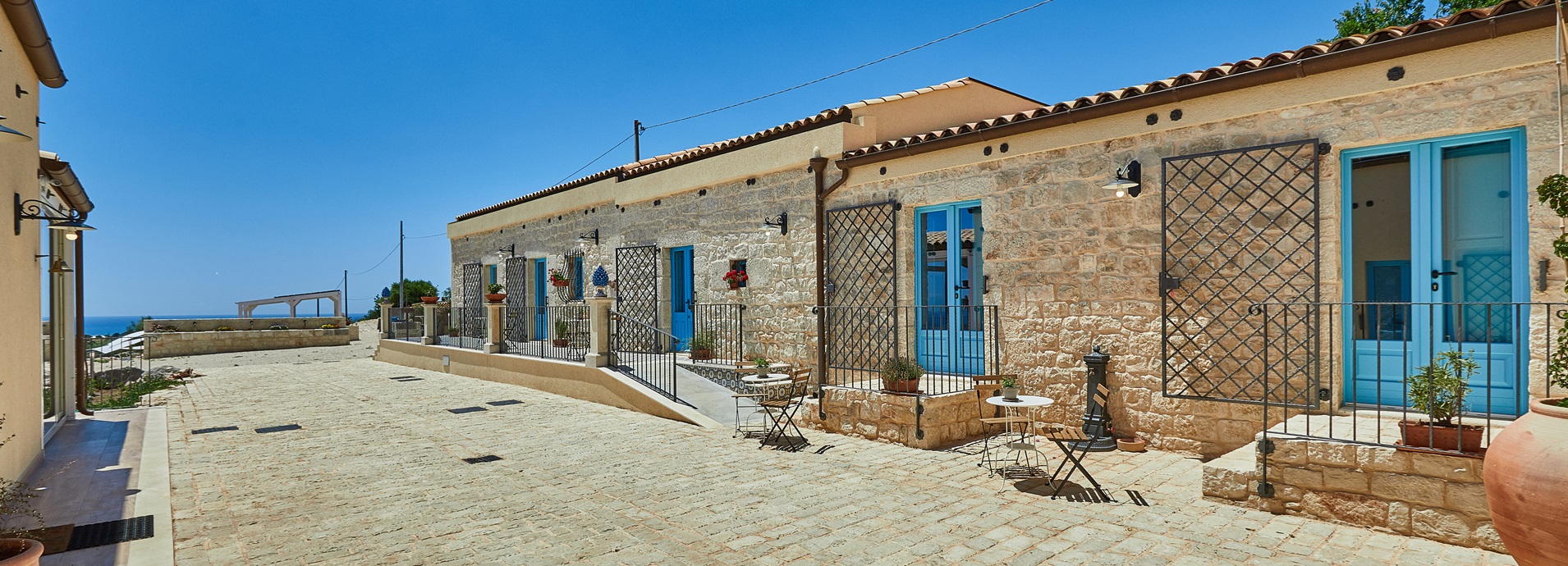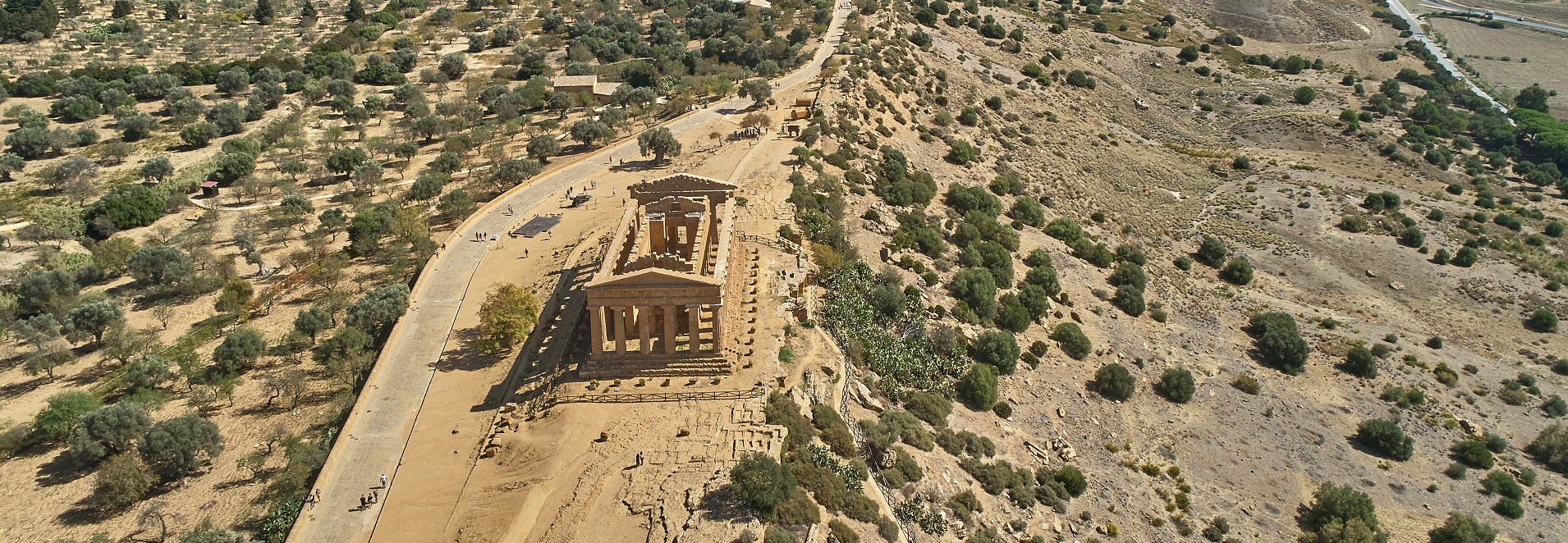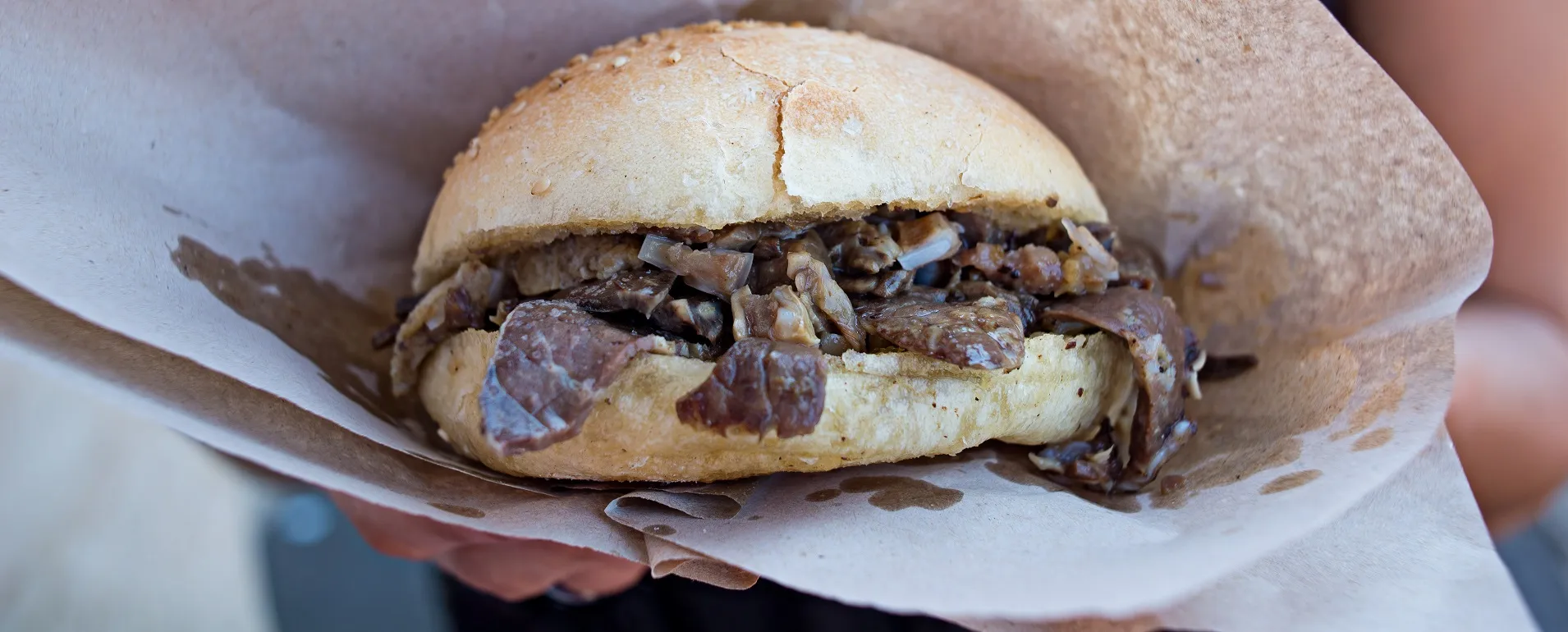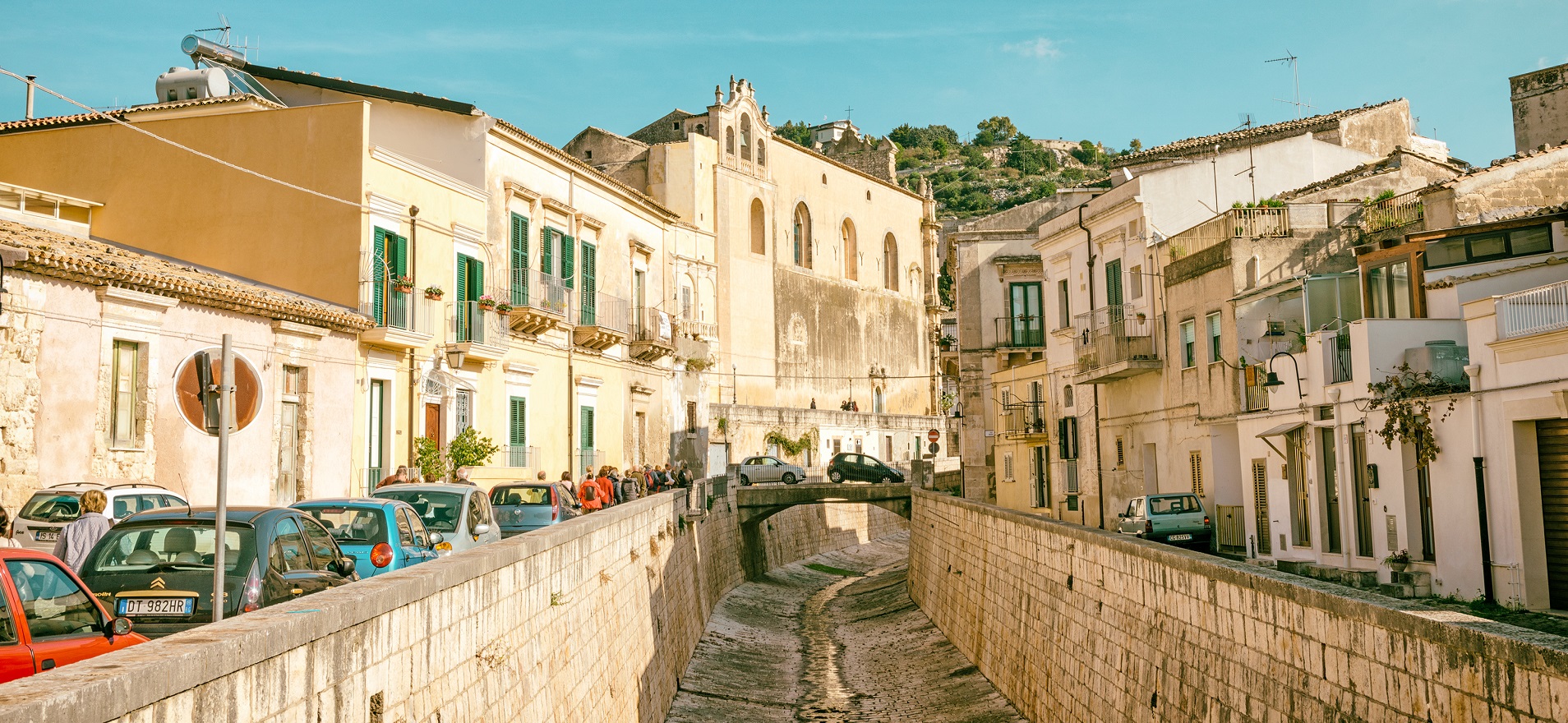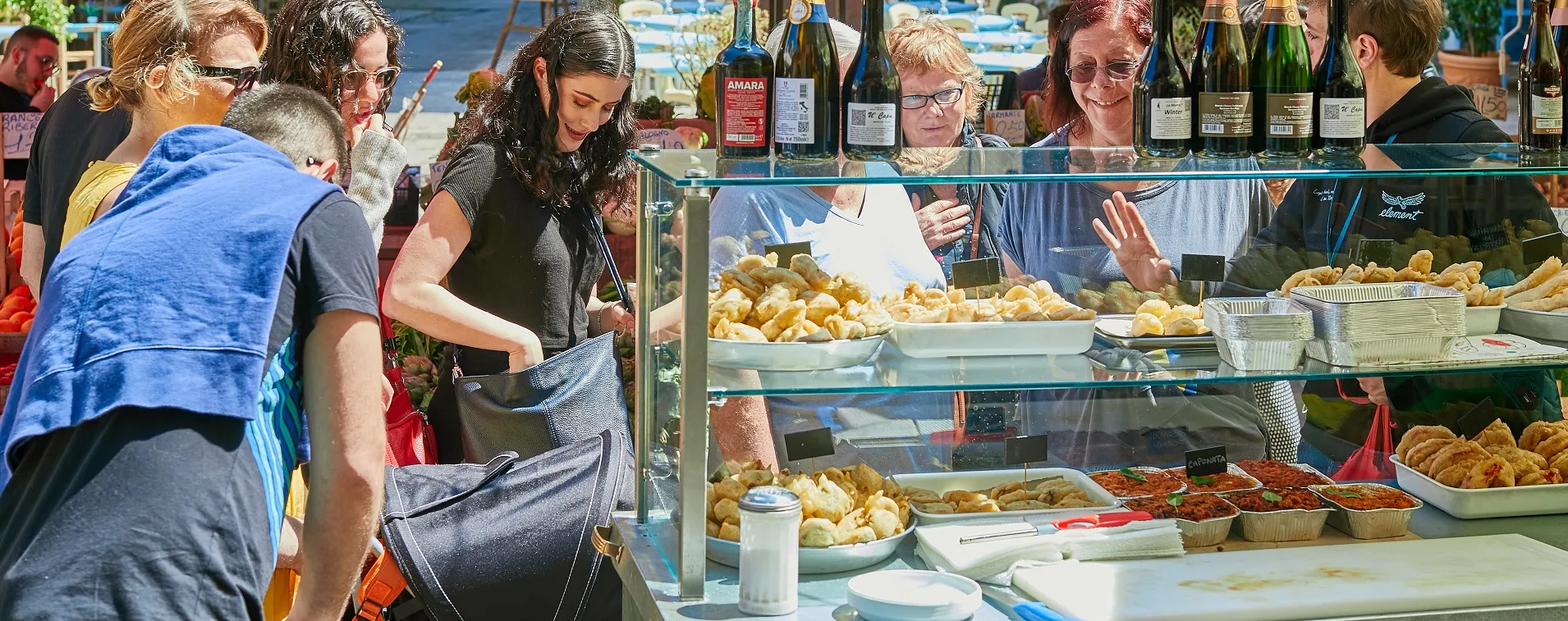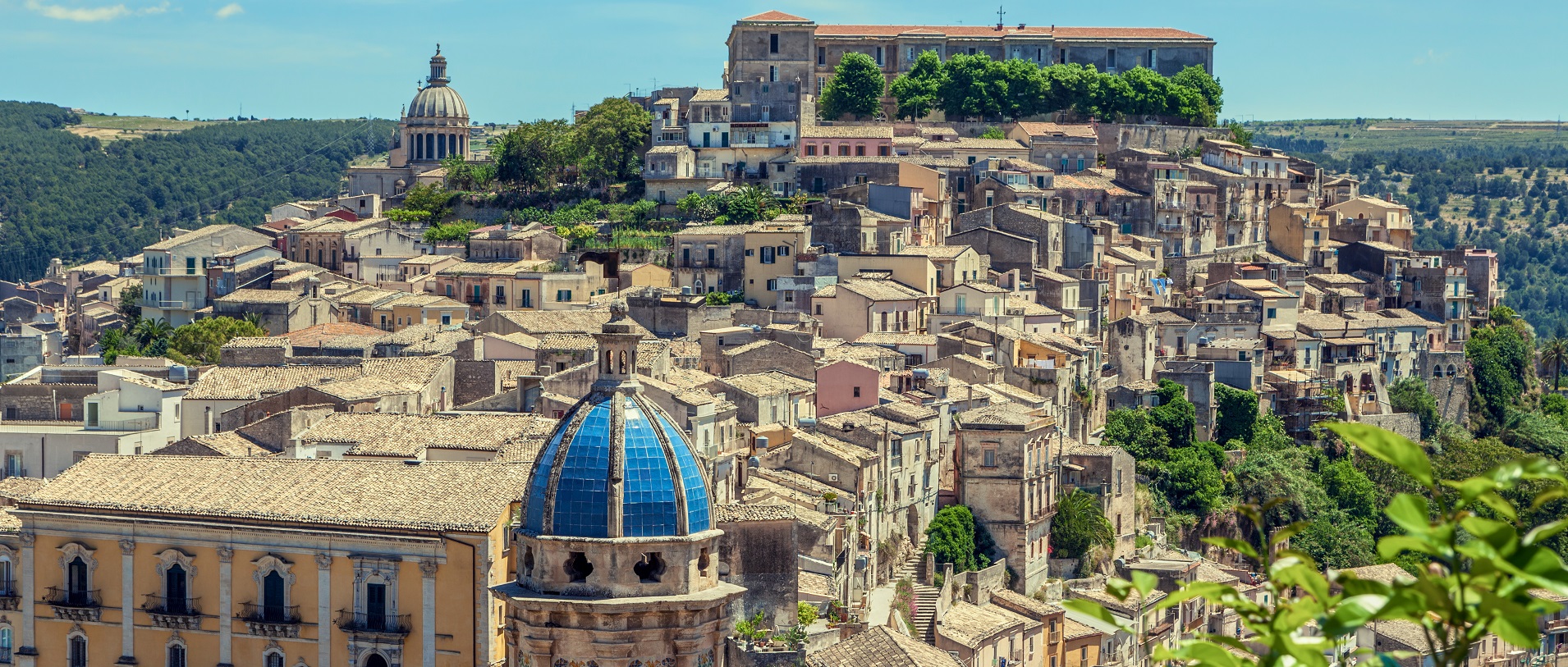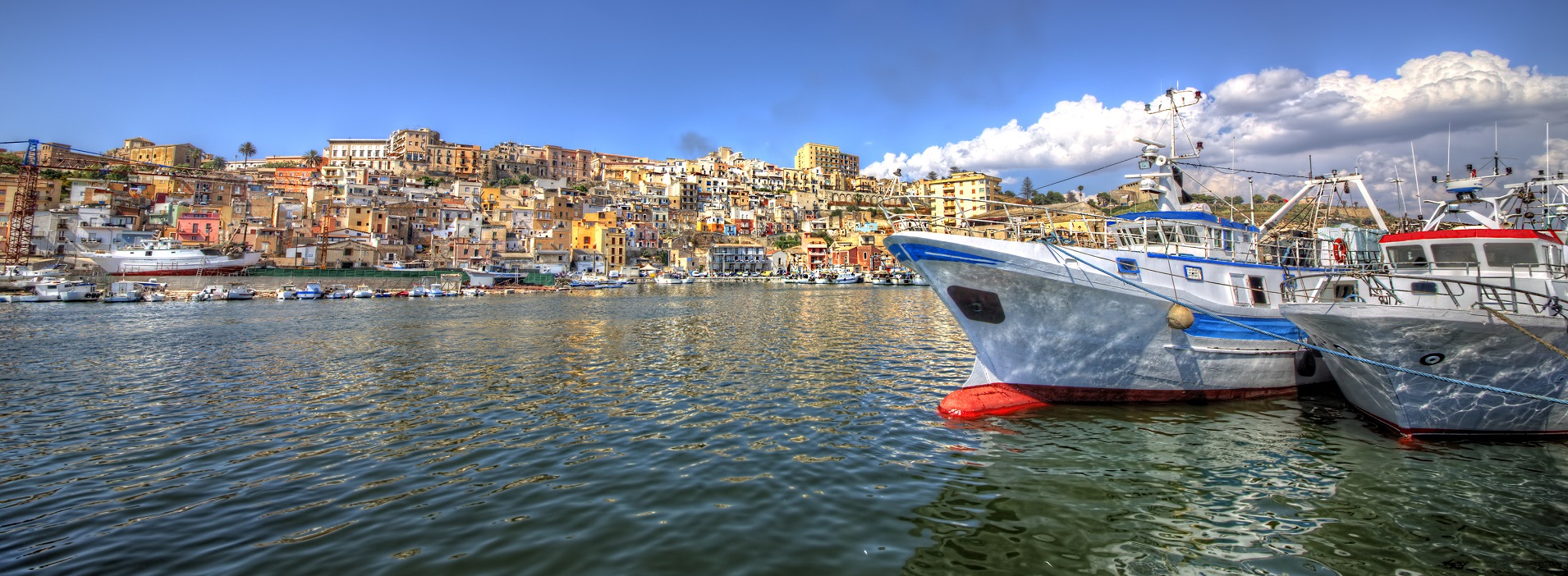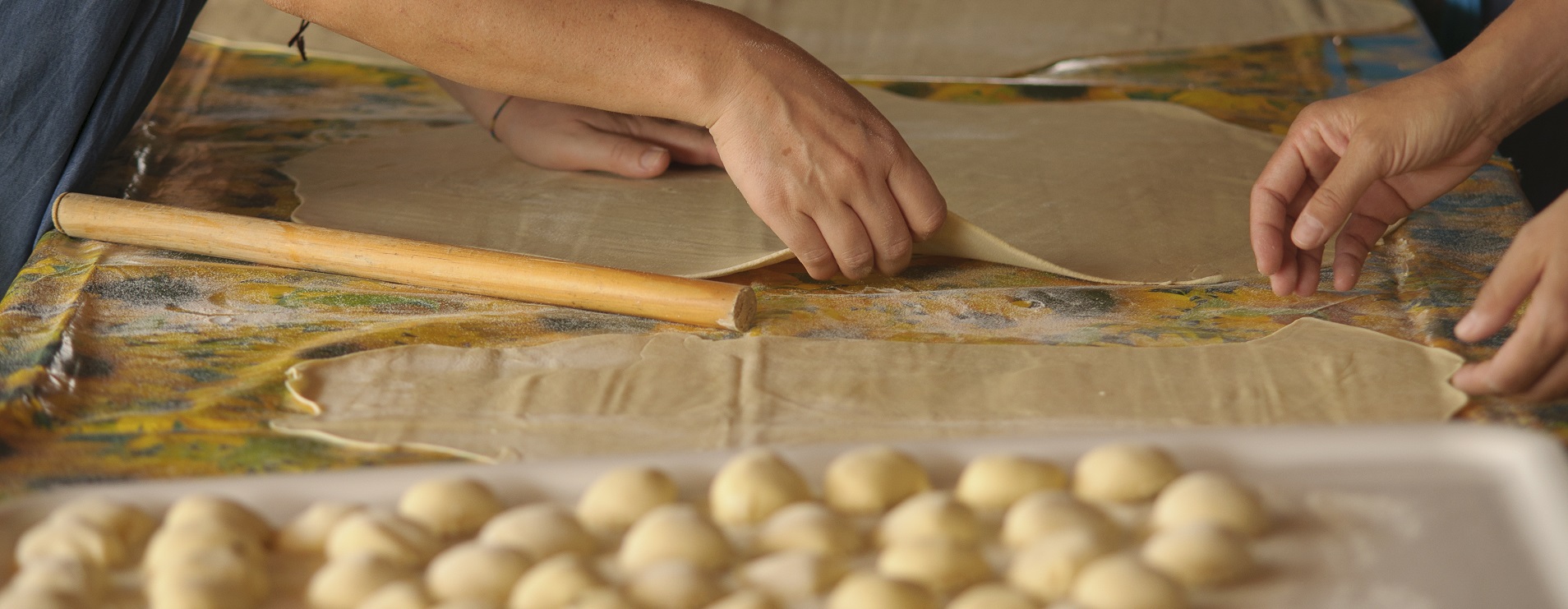Feast on the best Slow Food in your Sicily villa
Bronte pistachios, fava beans, thorny artichokes and manna from the Madonie mountains. Perhaps you won’t be surprised to learn that in Sicily, where the sun-baked land yields produce that is simply bursting with flavour, there are a total of 56 products on the Slow Food Presidium list. So how many of them could you name? Here’s a quick introduction to the Slow Food movement and a brief overview of some of the items you’ll find on market stalls, at local festivals and as ingredients in traditional dishes.
What is the Slow Food movement?
Since the start of the Slow Food movement in the 1980’s and the creation of the worldwide Slow Food Presidia in 1999, this worldwide organization has worked tirelessly to save authentic flavours and traditional production techniques that struggle to survive in today’s fiercely competitive manufacturing world.
The basic principle of the non-profit association is that designated products are linked to the land, traditions and to producers that continue to battle for their survival, with a constant eye on education, inspiration and biological diversity.
Desserts and sweet treats
Sicily is well known for its sweet treats, from its ricotta packed cannoli to its traditional cassata. In the heart of Sicily, at Caltanissetta, the ‘torrone’ (nougat) is made up of just 3 ingredients, honey, almonds and pistachios. Traditionally associated with Christmas, Caltanissetta ‘torrone’ is produced throughout the year using traditional methods.
You may also come across manna from the Madonie, although this is less obvious to spot. The sugary sap from ash trees is collected by ‘frassinicolotori’ (ash growers) who make incisions on the trunks of trees that grow in an area that extends from Pollina to Castelbuono. Although also used for cosmetics and pharmaceutical products, it is an ideal sweetener in cakes, pastries and other confectionery including Fiasconaro’s panettone.
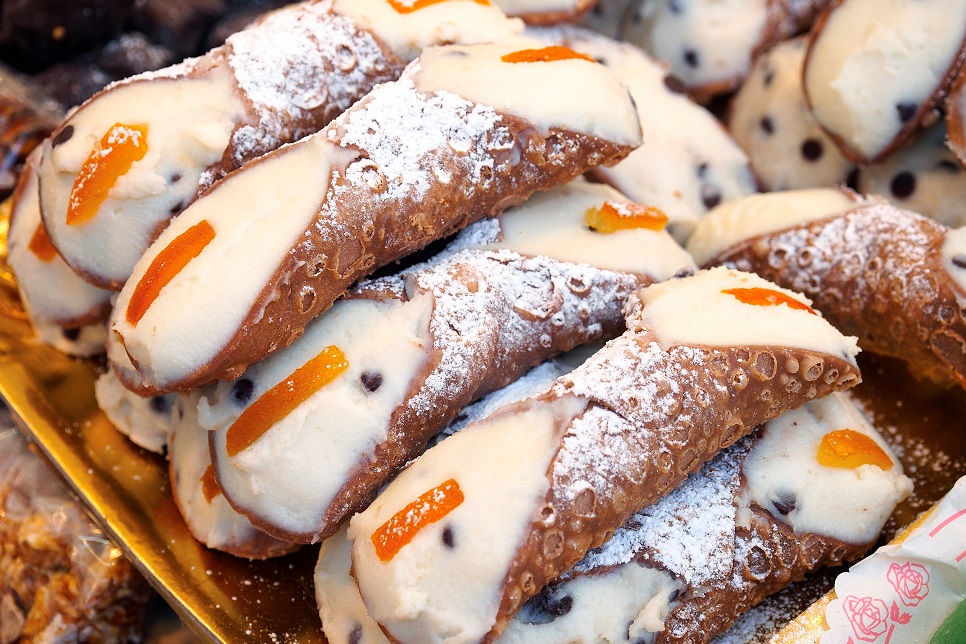
Fresh and dried fruit
Melons, plums, apples, strawberries … the list of Slow Food designated fresh and dried fruit is enough to make anyone’s mouth water. Head for the slopes of Sicily’s famous volcano for Etna Heritage Apples, to Sciacca and Ribera for their strawberries, and to Monreale for delicious white plums.
Melons from both Paceco and Alcamo are also included in the list. The Alcamo Purceddu melon is one of Trapani’s most important products, with the unusual quality of durability. Traditionally, they’d be laid out on terraces or hung from balconies after the June harvest and can last as long as 4-5 months. They’re delicious on their own, but also feature heavily in ice cream and refreshing granitas.
Legumes and vegetables
Legumes – particularly fava beans, chickpeas and lentils – are a key component of the Sicilian diet, combined into traditional dishes that are bursting with fresh local flavour. Slow Food designated produce include Carrazzo beans from Nebrodi, fava beans from Leonforte and Modica, and black lentils from the hills around Enna.
Several vegetables feature amongst the 56 items, including the Giarratana onion, the Siccagno tomato from the Belice Valley, and artichokes from Menfi.
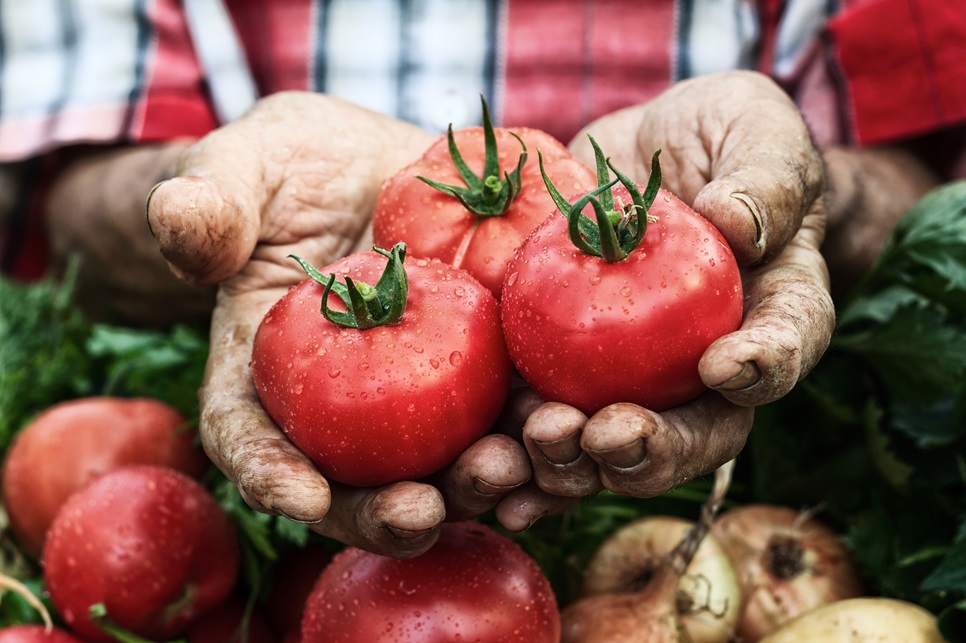
The Niscemi artichoke is another Slow Food Presidium product. Set in the hills of the province of Caltanissetta, Niscemi is considered the artichoke capital in Sicily, producing around half of the island’s artichokes. Traditionally farmers even ate them roasted for breakfast! After World War II, the introduction of non-local artichoke varieties put the historical variety at risk of disappearing and now just 2 producers cultivate the Niscemi ‘Nostrale’ artichoke.
Dairy and cheeses
The fertile volcanic soil is as good for cattle as it is for fruit and vegetables. Hence the production of cheeses such as Maiorchino from Messina, Provola from Nebrodi and Vastedda from Valle del Belice. Modicana milk, from the Modicana breed of cattle, is used to make Caciocavallo, Ragusano and Provola cheeses.
In the province of Enna, the rich variety of plants is conducive to sheep farming and since ancient times, sheep’s milk has been flavoured with locally grown saffron and turned into Piacentinu. The appearance of the cheese is quite distinctive – yellow due to the addition of saffron and studded with black peppercorns.
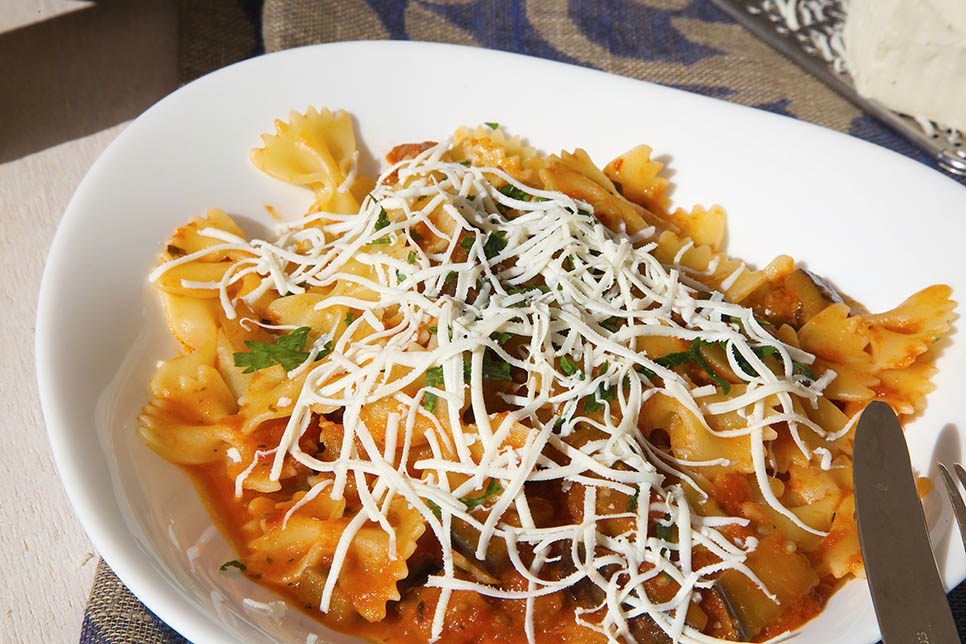
Meat and cured meat
Perhaps the best known of the Slow Food meat products are the salami and sausages made from the Nebrodi Black pig, raised in a semi-wild state amongst the mountains’ beech and oak forests. Palazzolo Acreide Sausage, smoked over olive wood and seasoned with wild fennel, is another Slow Food Presidium.
A few of our favourite Slow Food products
Honey is well known for its restorative properties and Sicilian honey is no different. Sicilian black bee honey has risked extinction since the 70’s but producer Amodeo Carlo has ensured that the world continues to receive a range of delicious authentic flavoured honey, including dill and thistle honey, thanks to his apiary in northern Sicily.
In the south of the island, in the Hyblaean mountains, the production of thyme honey, with a transparent amber colour and a spicy floral perfume, continues despite the increasing scarcity of thyme bushes.
Salt. Visit western Sicily and the salt pans along the Trapani coastline for first-hand experience of this presidium. Here, the few remaining artisan producers compete with big industrial saltworks with a ritual harvesting of sea salt after the evaporation of the seawater in large ponds. The salt is then piled in pyramids, before being crushed into various grades.
Pistachios and almonds. The Bronte pistachio is one of the best known of Sicily’s Slow Food products. Originally from Iran, then Central Asia, the Far East and then the Med, the ‘green gold’ remains in great demand from top confectioners and pastry chefs. So too the Noto almond, the Romana, despite strong competition from almonds from other countries.
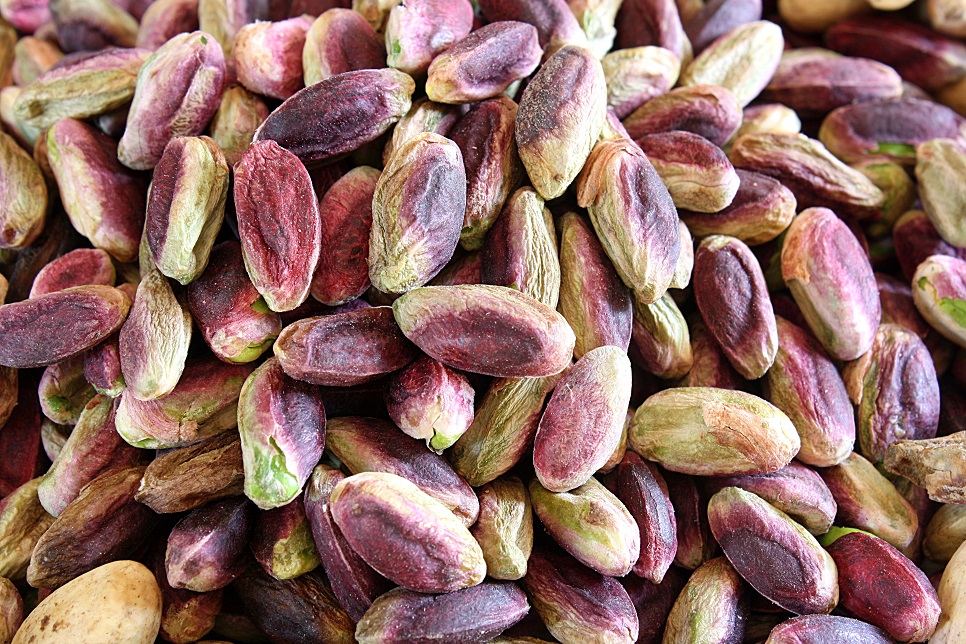
Sesame. And lastly, Ispica sesame, an important ingredient in Sicilian tradition, used in bread, biscuits and other dishes. Its main use is in the production of ‘cobaita’ (locally known also as ‘giuggiulena’), a sweet treat reserved for special occasions. The delicacy was introduced at the time of Arab rule and is made with honey, sugar, sesame and sometimes citrus peel and almonds.
